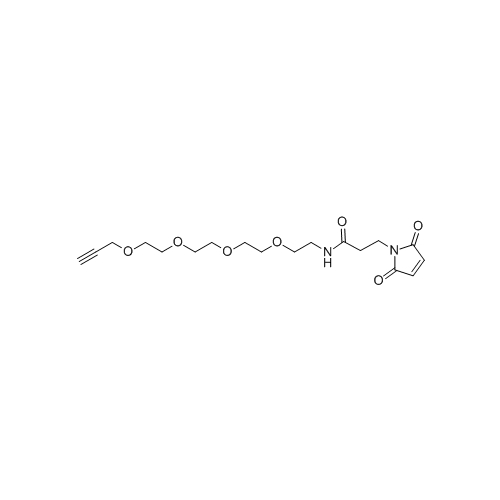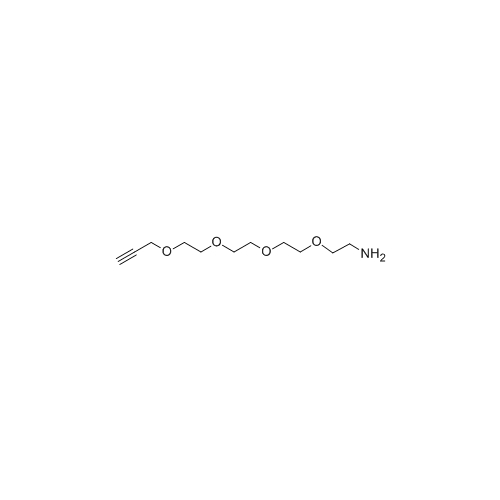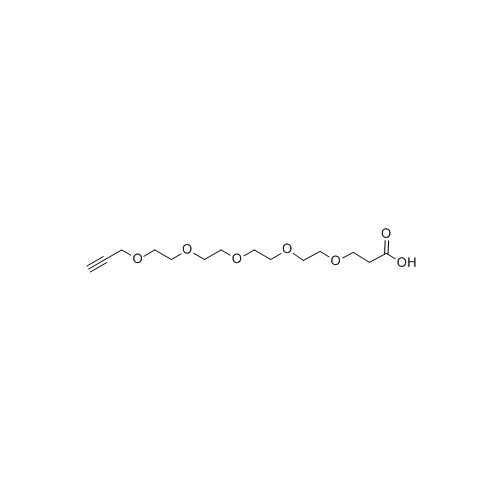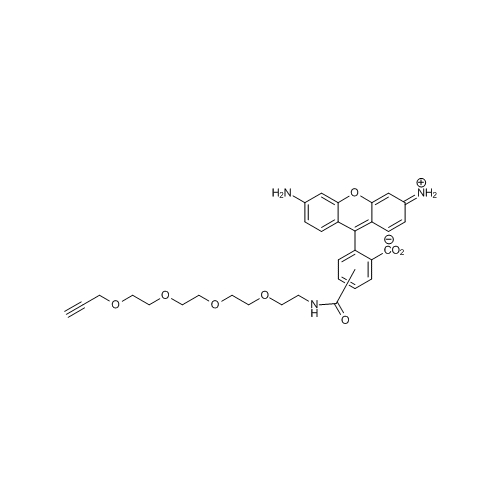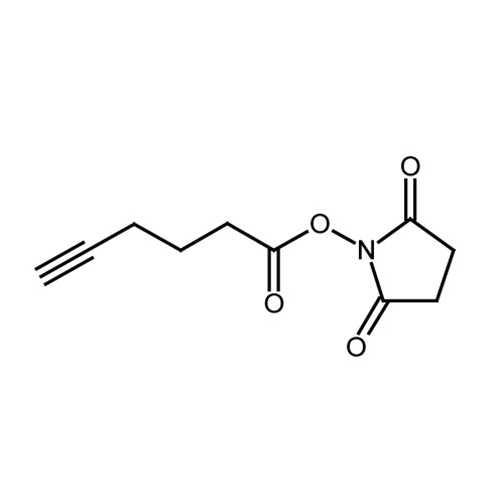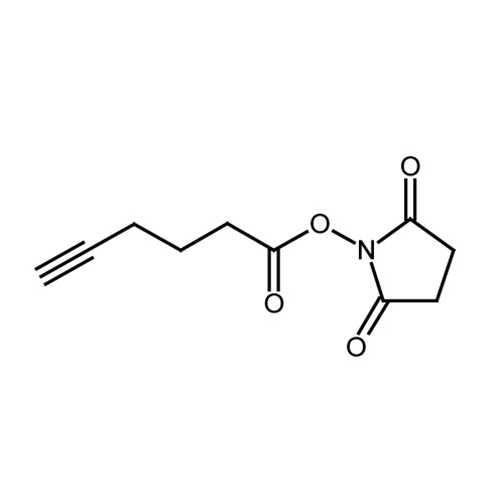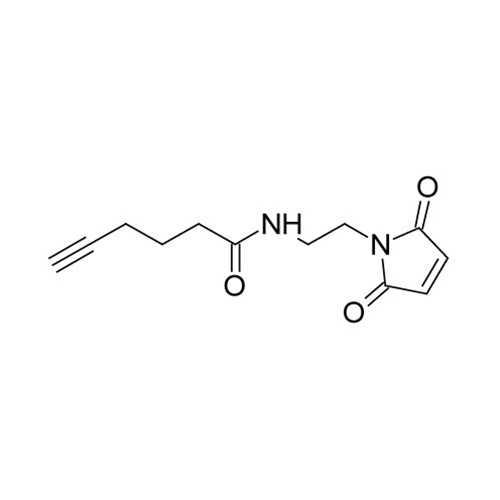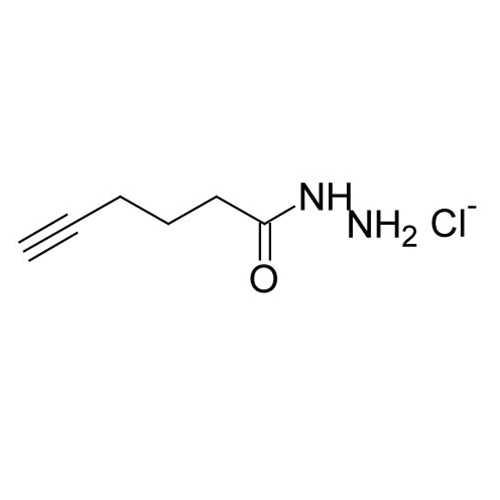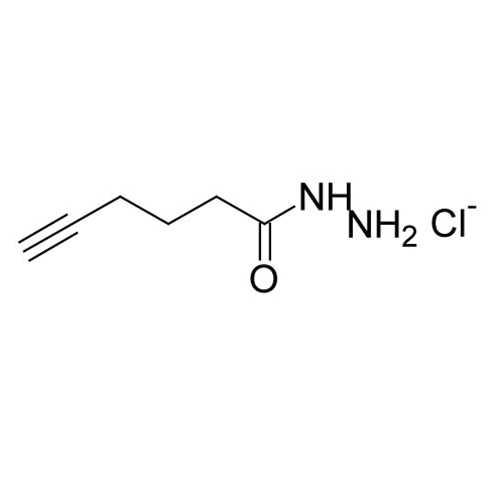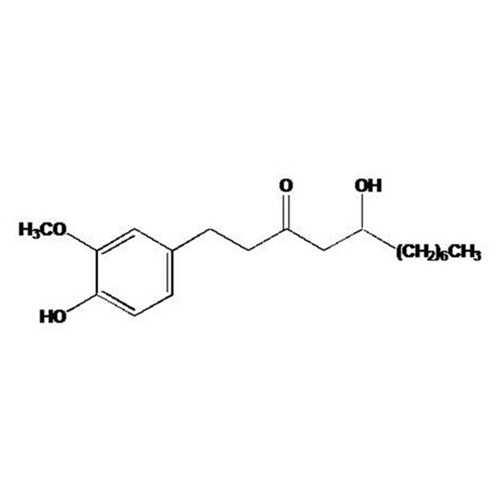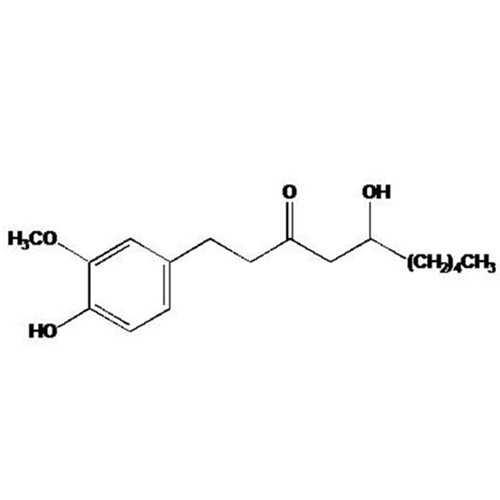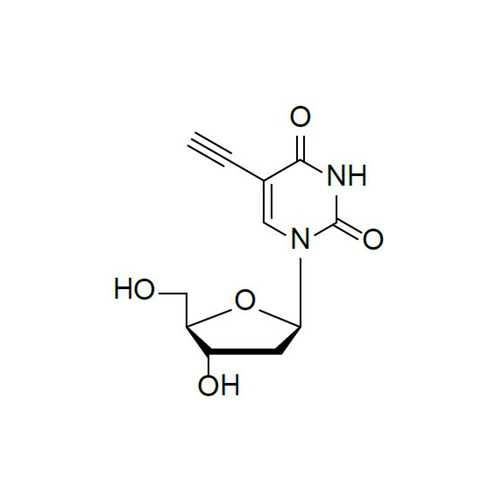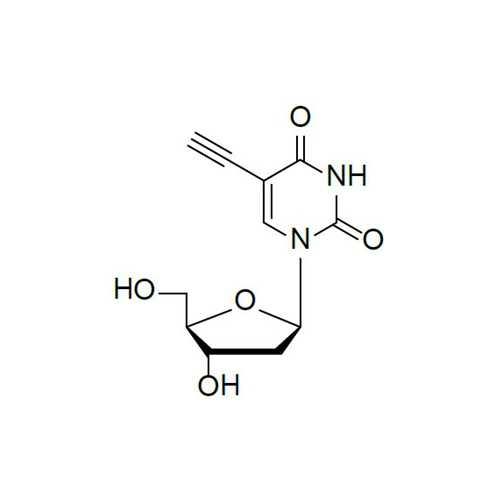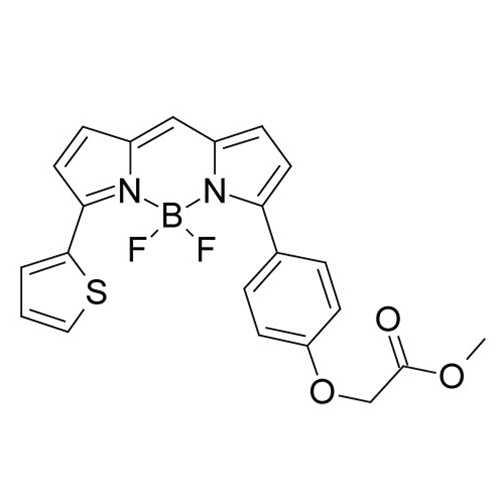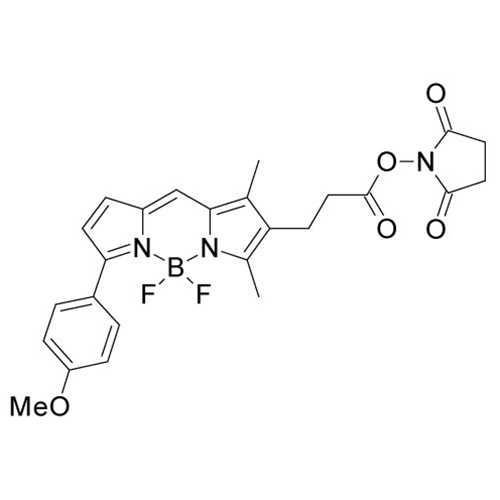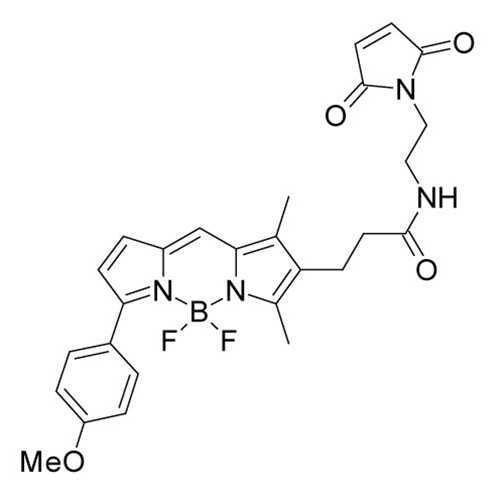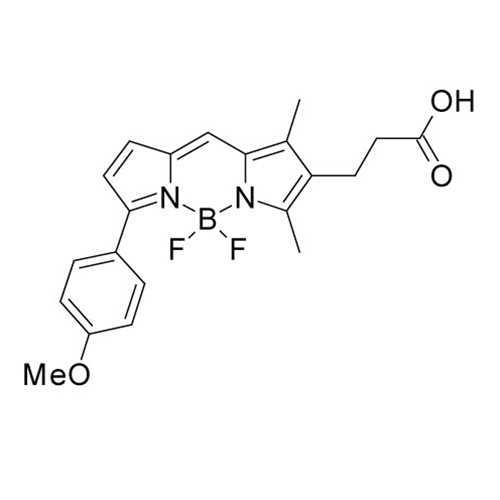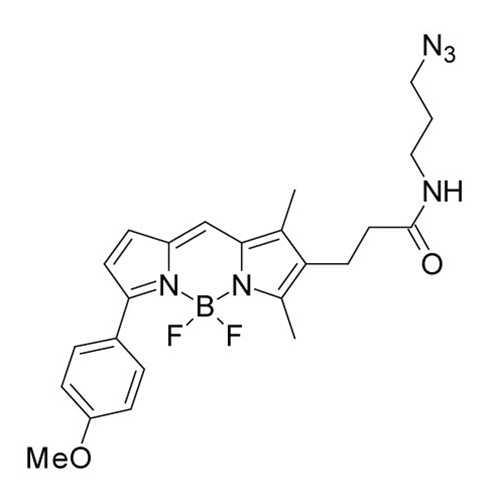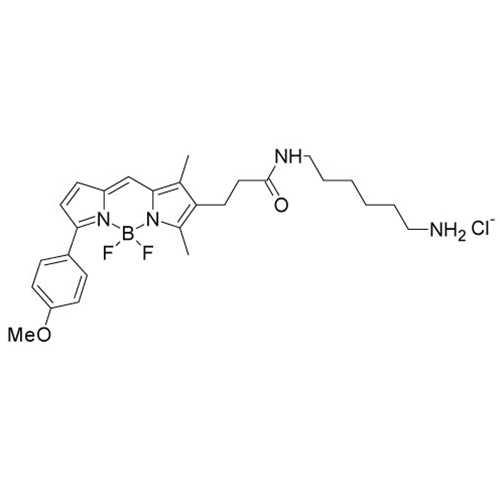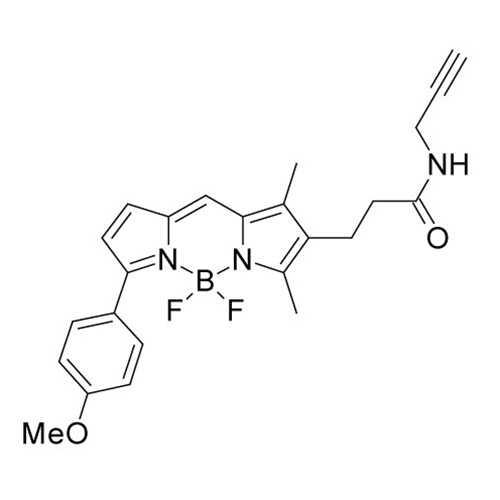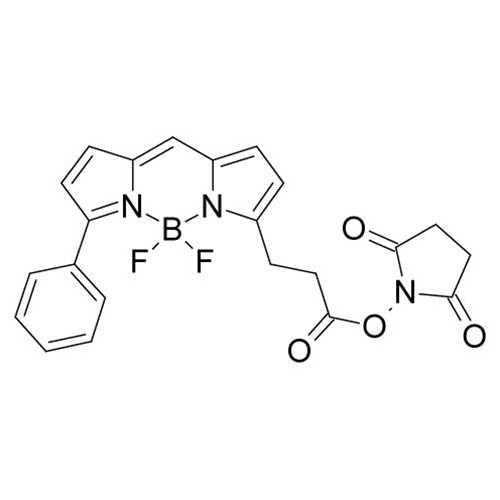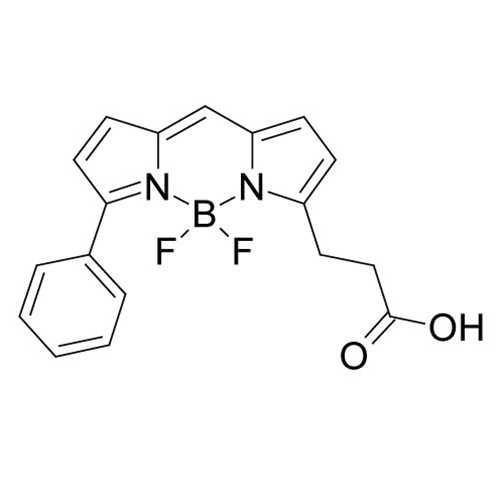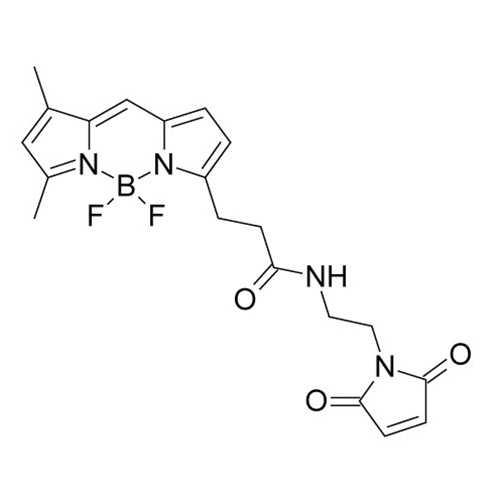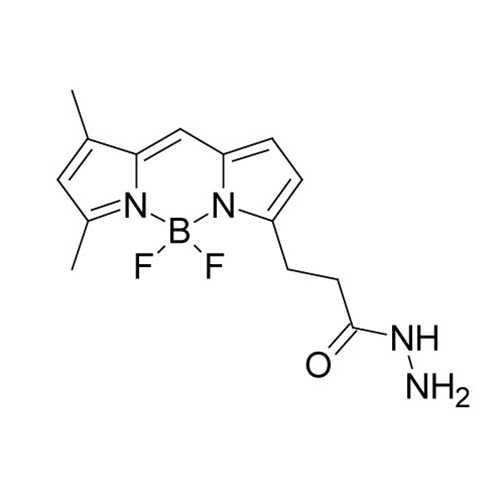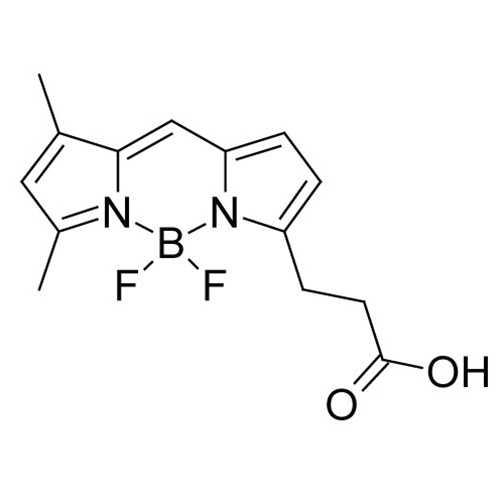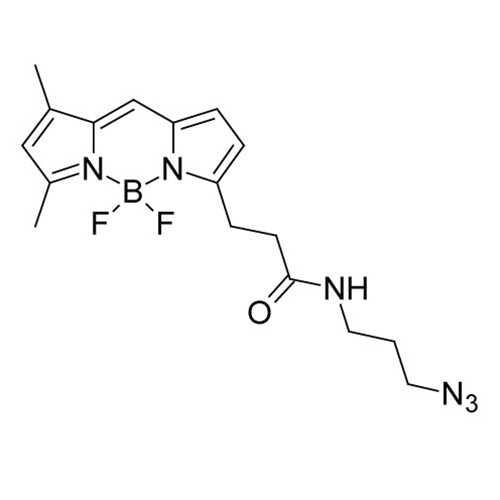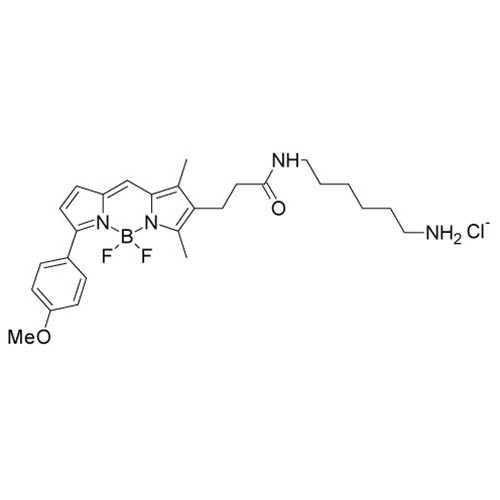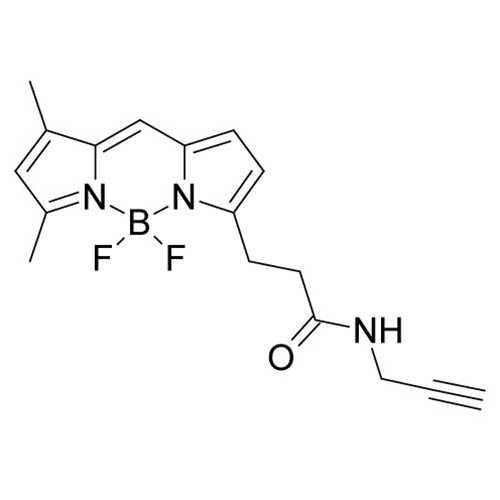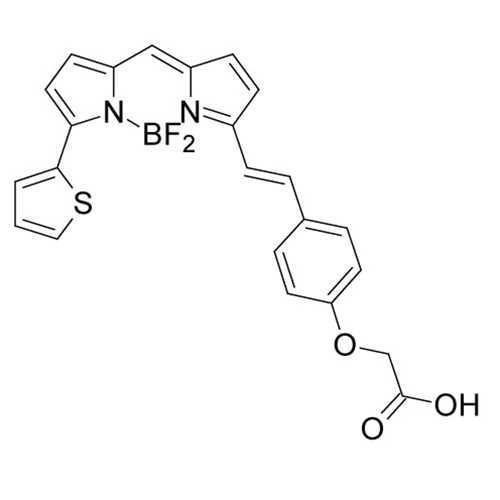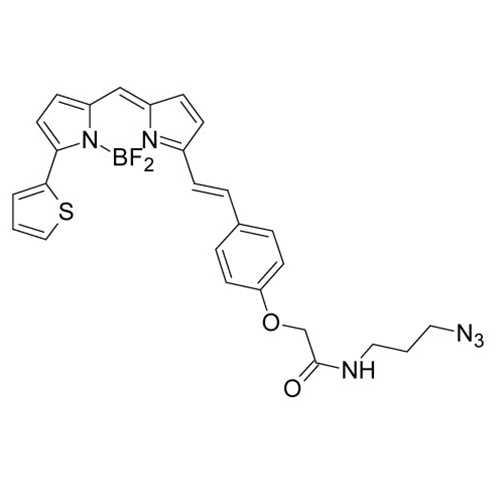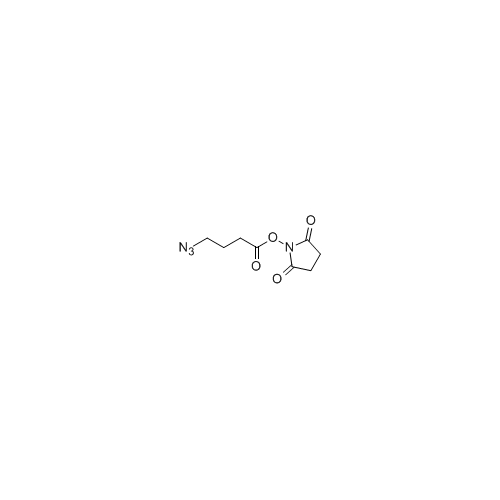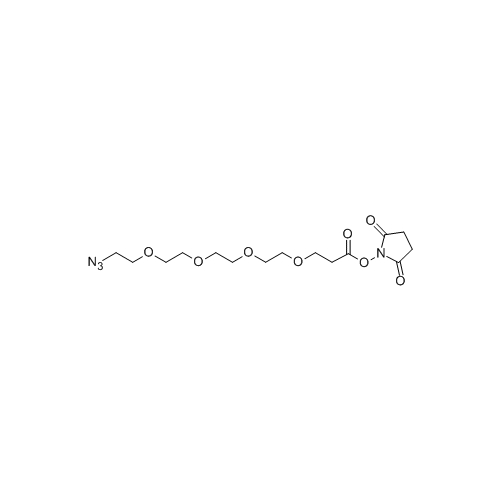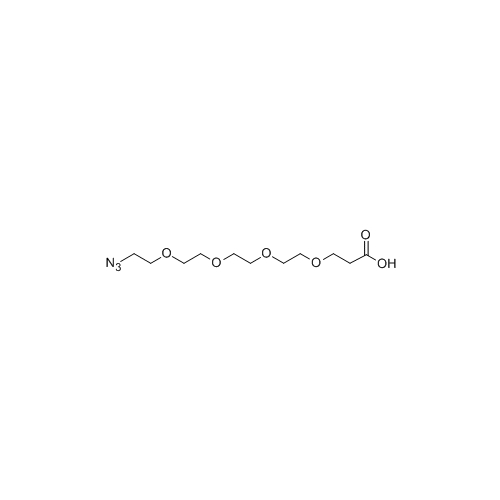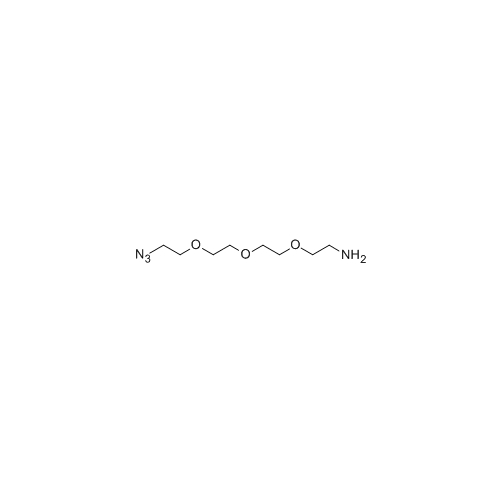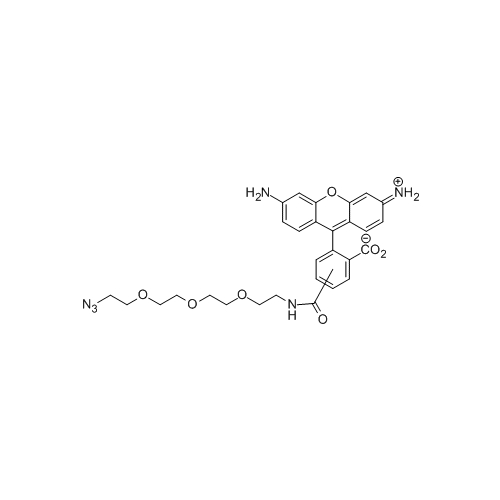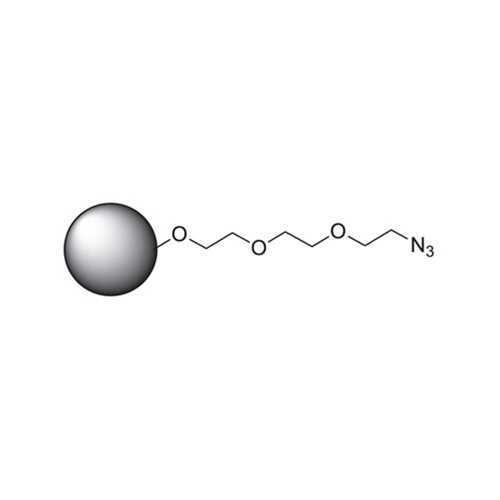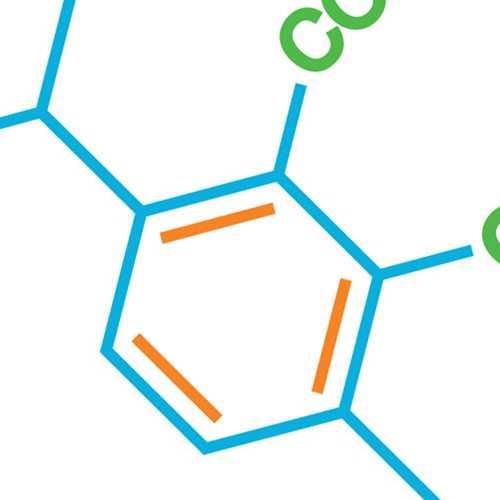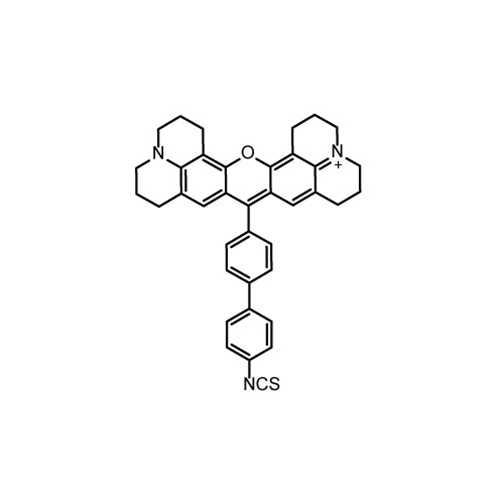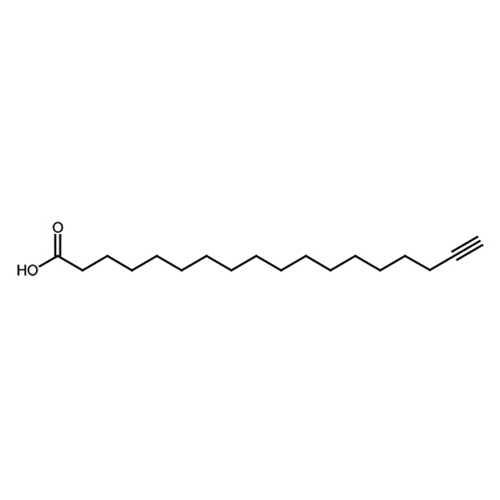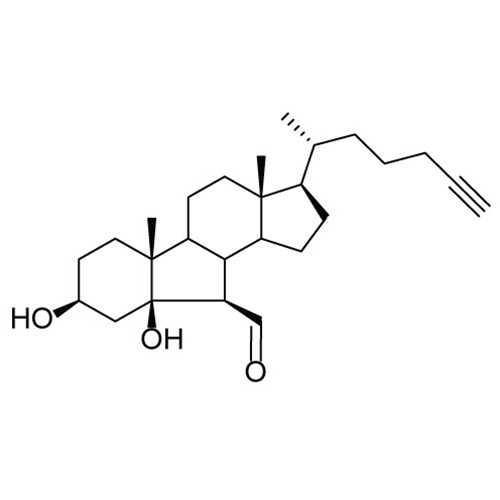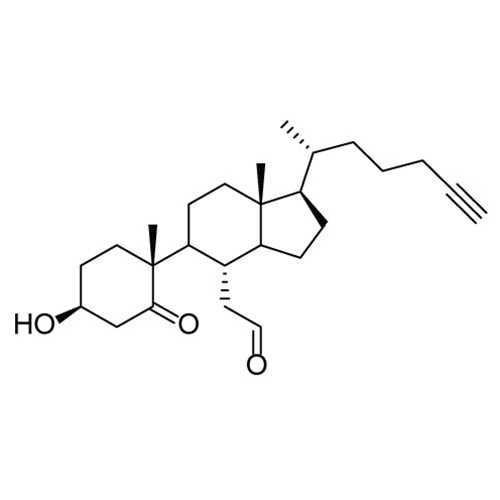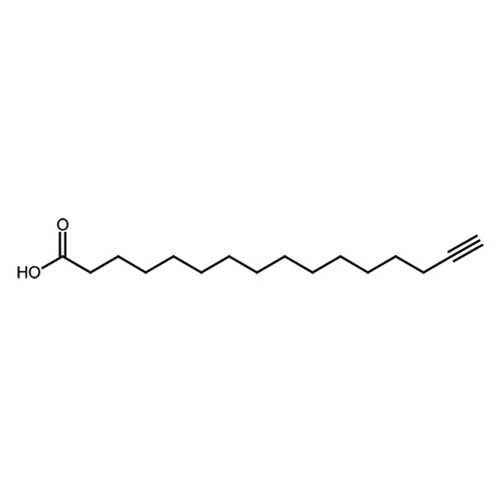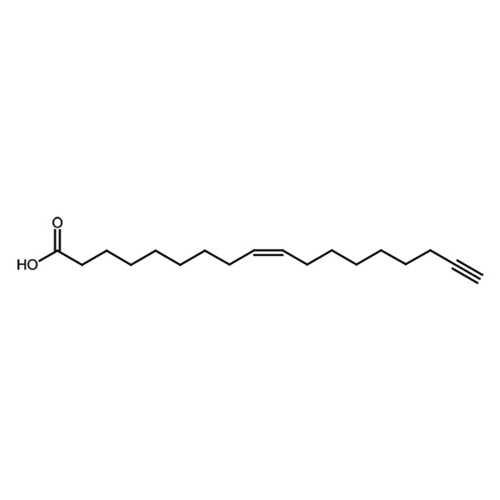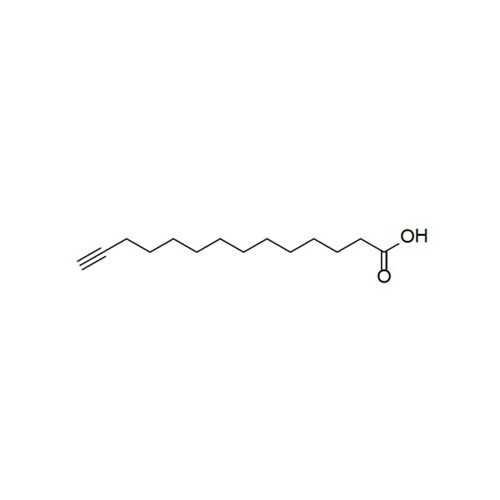产品安全信息
Ali B, Blunden G, Tanira M and Nemmar A. (2008). Some phytochemical, pharmacological and toxicological properties of ginger (Zingiber officinale Roscoe): A review of recent research. Food and Chemical Toxicology. 46(2): 409-420. Blumenthal M, Busse W, Goldberg A, Gruenwald J, Hall T, Klein S, Riggins C and Rister R. (1998). The Complete German Commission E monographs. Therapeutic Guide to Herbal Medicines, Austin TX, American Botanical Council. Chaiyakunapruk N, Kitikannakorn N, Nathisuwan S, Leeprakobboon K and Leelasettagool C. (2006). The efficacy of ginger for the prevention of postoperative nausea and vomiting: a meta-analysis. Am. J. Obstet. Gynecol. 194, 9599. Chen C, Kuo M, Wu C and Ho C. (1986). Pungent Compounds of Ginger (Zingiber officinale Roscoe) Extracted by Liquid Carbon Dioxide. Journal of Agriculture and Food Chemistry 34(3): 477-480. Hashimoto K, Satoh K, Murata P, Makino B, Sakakibara I, Kase Y, Ishige A, Higuchi M and Sasaki H. (2002). Component of Zingiber officinale that improves the enhancement of small intestinal transport. Planta Medica. 68:936-9. Huang Q, Iwamoto M, Aoki S, Tanaka N, Tajima K, Yamahara J, Takaishi Y, Yoshida M, Tomimatsu T and Tamai Y. (1991). Anti-5-hydroxytryptamine 3 effect of galanolactone, diterpenoid isolated from ginger. Chem. Pharm. Bull. (Tokyo) 39, 397399. Suekawa M, Ishige A, Yuasa K, Sudo K, Aburada M and Hosoya E. (1984). Pharmacological studies on ginger: I. Pharmacological action of pungent constituents, (6)-gingerol and (6)-shogaol. J Pharmacobiodyn. 7:836-48. Yamahara J, Rong H, Iwamoto M, Kobayashi G, Matsuda H and Fujimura H. (1989). Active components of ginger exhibiting anti-serotonergic action. Phytother. Res. 3, 7071.If you publish research with this product, please let us know so we can cite your paper.
